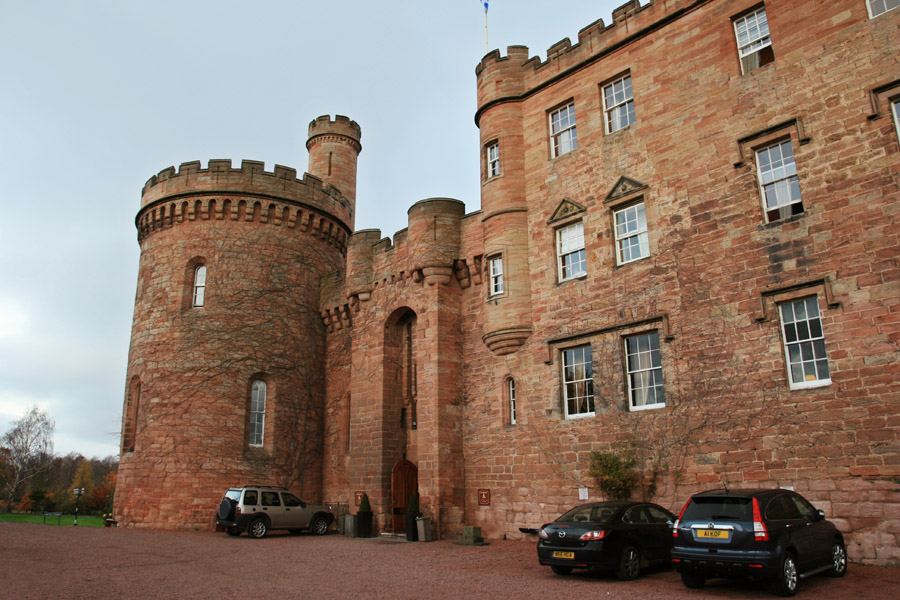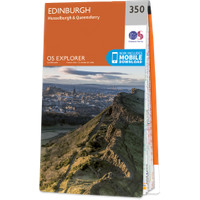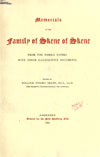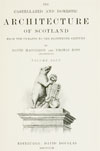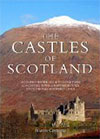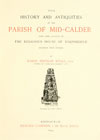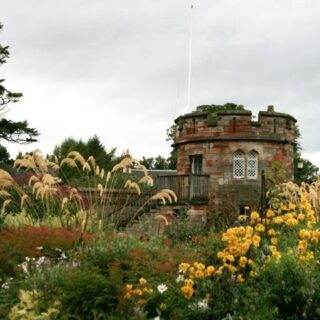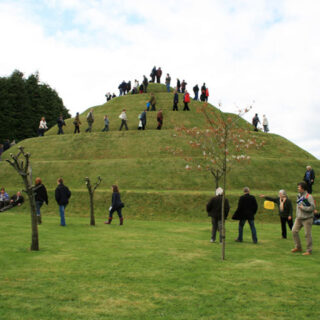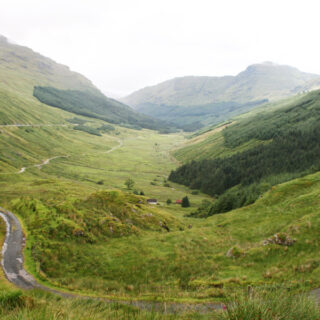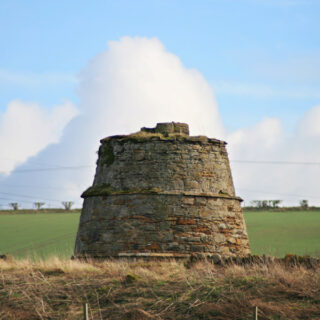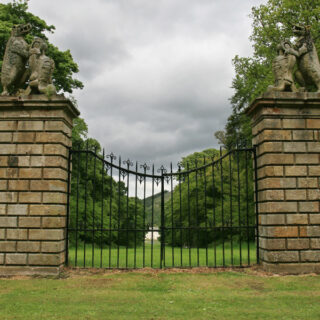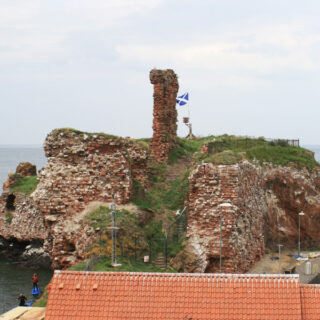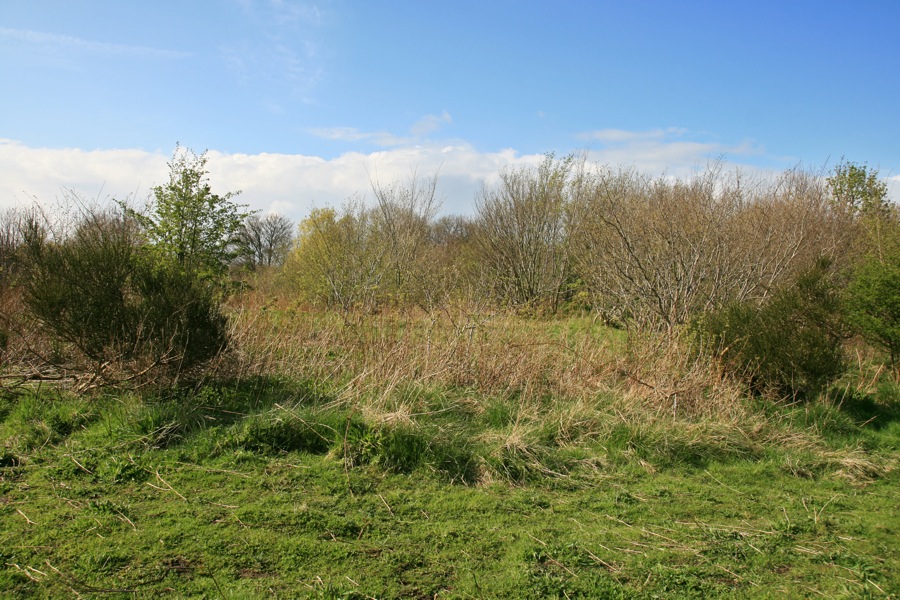

Hallyards is mentioned as early as 1579, when it was the principle residence of James Sandilands, the 1st Lord Torphichen, who died there on the 26th of September of that year.
In 1584 there was mention of a dispute between a John Grahame of Hallyards and another James Sandilands, the 2nd Lord Torphichen, over ownership of the property. Grahame was married to Jean Murray, the widow of the 1st Lord Torphichen, who was the brother of the 2nd Lord Torphichen’s grandfather.
This dispute continued over a number of years, and eventually possession of Hallyards returned to yet another James Sandilands, the 3rd Lord Torphichen. But in a charter dated the 26th of August 1619, the Crown granted “the lands of Halyairdis and Halbarnis” to John Erskine, the 18th Earl of Mar, and his wife Mary Stewart.
However the Hallyards Castle which stood until the 20th century was built in the early 17th century by John Skene, son of Sir John Skene, the Lord Clerk Register and Lord of Session. The same family owned Curriehill Castle further to the east.
Hallyards Castle was a rectangular building measuring around 14.2 metres north to south by around 7.0m east to west. A circular stair turret projected from the middle of the east wall, at the bottom of which was the main entrance, with space for an armorial panel over the doorway (apparently moved and built into Moray House in Edinburgh).
The ground floor was vaulted, with a kitchen at the south end and storage rooms at the north. On the first floor was the main hall and a private chamber. The second and third floors contained bedrooms, and were linked by a small internal staircase so as to allow the upper levels of the circular stair tower to be used as rooms.
The third floor was lit by dormer windows, situated just under a pitched roof with cow-stepped gables. The stair tower was topped off with a conical roof. The date 1630 was carved on a pediment over one of the windows on the first or second floors.
The castle stood on a slight promontory created by a bend in the River Almond, and was enclosed by a courtyard wall.
In 1849 Hallyards Castle was still standing to its full height, although the roof was starting to fall in. But by 1892 it was in ruins, and early 20th century mining subsidence quickened its demise, with large sections of the walls falling.
In 1929 the castle was demolished, leaving just piles of rubble where it once stood. Further clearance of the remains took place when Edinburgh Airport‘s runway was extended in the 1970s. Today there is little to see outside of winter, when some of the rubble and stones are visible, but for most of the year the site is covered with vegetation.
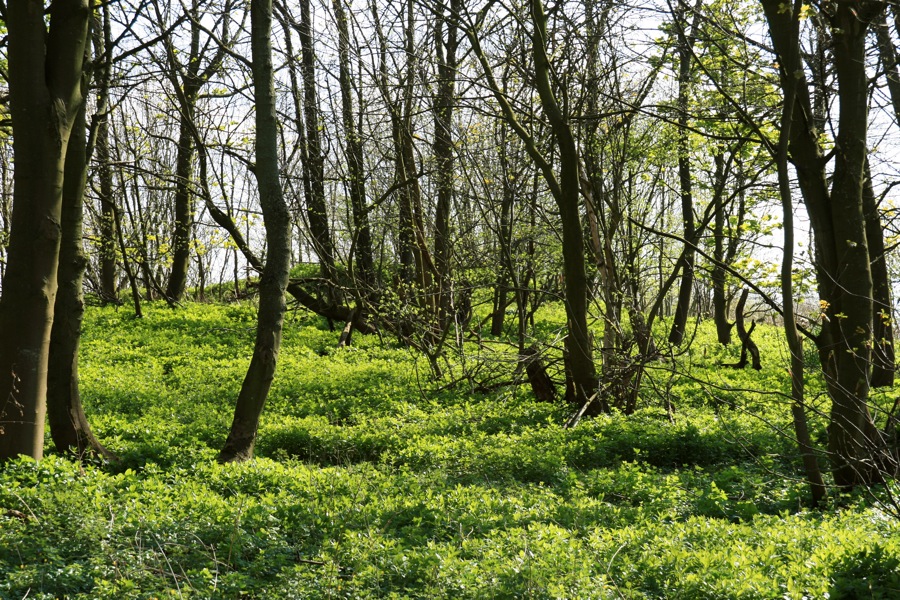
Remnants of the courtyard wall still survive to the south and east, taking the form of a bank of earth and stones on the south side around 7.0m across by 0.8m high, and a low mound around 0.3m high on the east side.
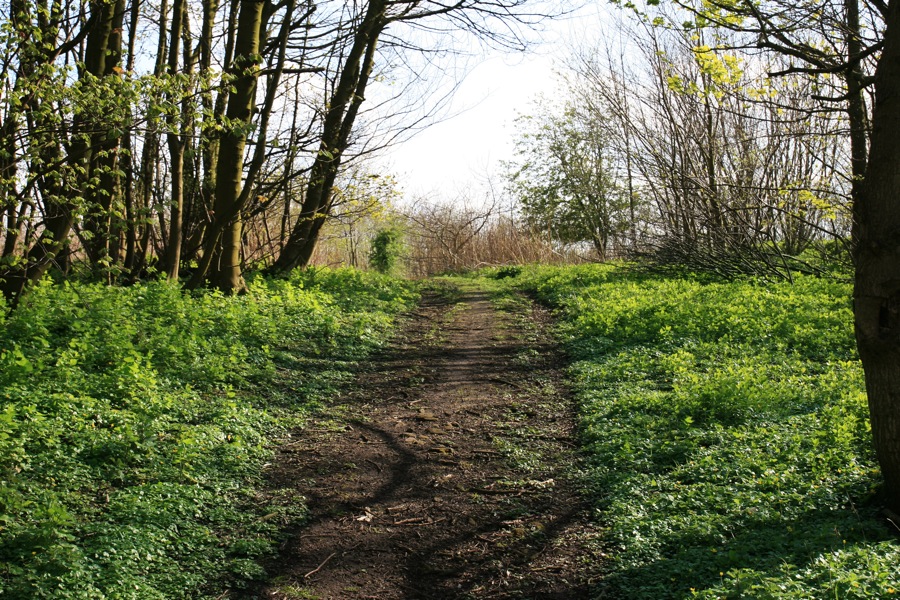
The branch of the Skene family known as Skene of Halyards associated with Hallyards Castle in Kirkliston, Midlothian, should not be confused with a second branch also styled Skene of Halyards, but associated with Hallyards Castle in Auchtertool, Fife.
Interestingly both branches appear to have been started by sons of Sir John Skene. The earliest mention of the Midlothian one seems to be 1579, while the earliest reference to the Fife Hallyards is 1539, so it is unclear which is the older name.
Alternative names for Hallyards Castle
Castle Hallyards; Halyairdis; Halyairds; Halyards
Where is Hallyards Castle?
Hallyards Castle is in the parish of Kirkliston and the county of Midlothian.
Grid reference: NT 1295 7329
Lat / long: 55.944784, -3.395272
